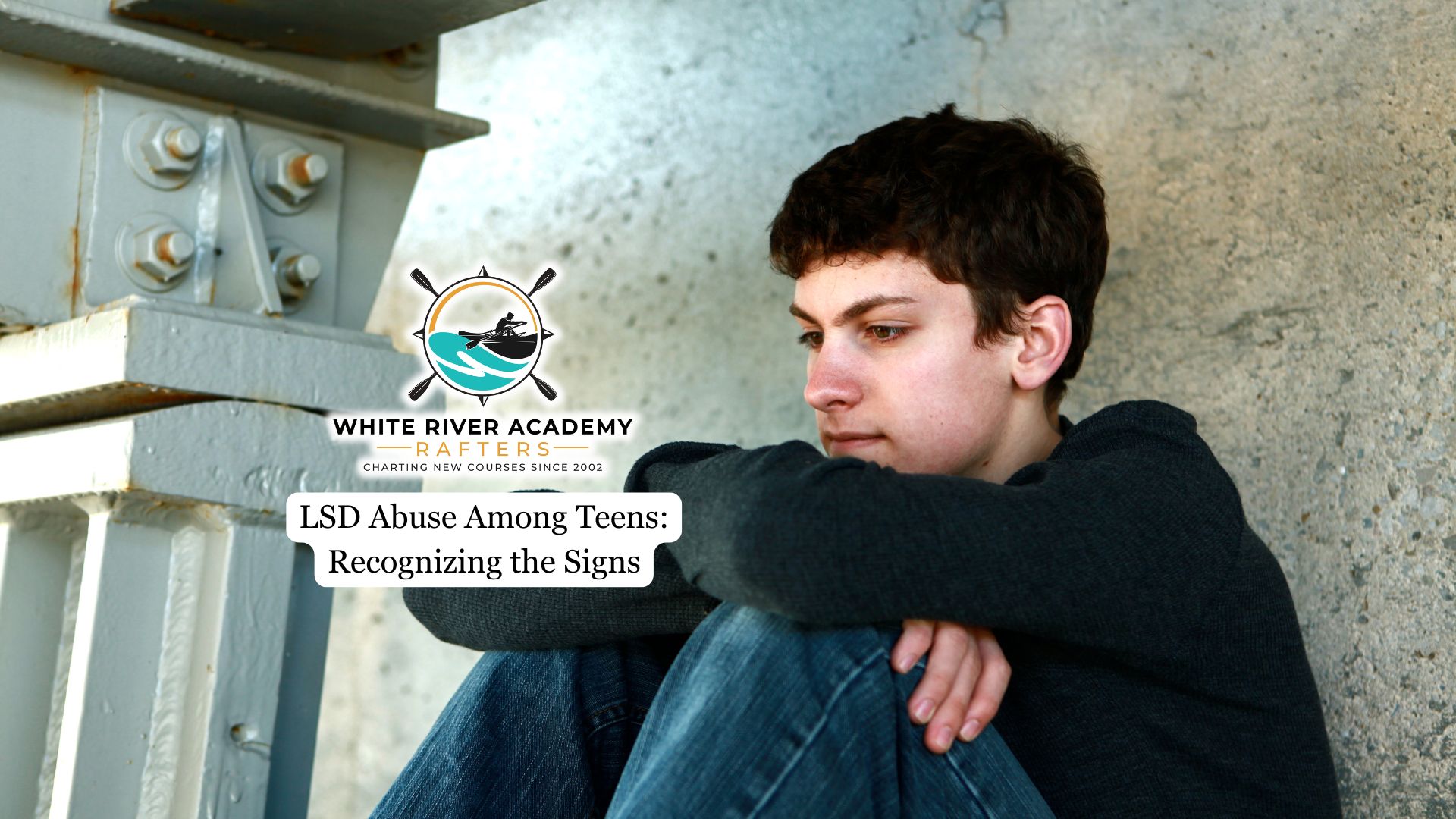Synthetic marijuana and natural marijuana may sound related, but they are vastly different in origin, effect, and risk, something every parent should clearly understand. Although both substances can be associated with psychoactive effects, the similarities largely end there, and the differences carry important implications for young people’s safety and well-being.
This article provides parents with an overview of the key differences between synthetic marijuana and natural marijuana, including how they’re made, how they affect the body, and the risks involved.
What are the Differences?
Natural marijuana and synthetic marijuana differ in their origin, chemical composition, and effects on the human body. Both, however, have the potential to lead to dependence or addiction with frequent or prolonged use.
Seeking treatment at a specialized marijuana addiction center for adolescents is highly recommended for those who have teen boys struggling with addiction. Certified therapists and experienced recovery staff can provide personalized care, medical supervision, and evidence-based therapies to support a safe, effective, and lasting recovery journey.
Understanding Natural Marijuana
Natural marijuana comes from the Cannabis sativa or indica plant and contains tetrahydrocannabinol (THC) and cannabidiol (CBD). THC produces the well-known psychoactive effects, while CBD is non-intoxicating and may offer therapeutic benefits. These compounds interact with the body’s endocannabinoid system, influencing functions like mood, pain, and appetite.
While research suggests marijuana may help with conditions like chronic pain, epilepsy, and nausea, more studies are needed to understand its long-term effects and risks fully.
Understanding Synthetic Marijuana
Synthetic marijuana is a lab-made substance designed to mimic the effects of natural marijuana, but it’s often far more potent and unpredictable. Unlike natural cannabis, which contains naturally occurring cannabinoids like THC and CBD, synthetic versions use sprayed-on chemicals that can vary wildly in strength and composition.
These substances can cause severe side effects, ranging from agitation and seizures to psychosis and even death, making them significantly riskier than natural marijuana.
Understanding the nuances and differences between the two helps parents better guide their teens to recognize potential risks and, at the very least, make more informed decisions.
How Do These Substances Work?
Both natural and synthetic cannabinoids interact with the body’s endocannabinoid system, a complex network of receptors (primarily CB1 and CB2) found throughout the brain and body. This system plays a key role in regulating mood, memory, pain perception, and other essential functions.
Natural cannabinoids like THC bind to these receptors, but only partially activate them. This partial activation produces the familiar psychoactive effects of marijuana, often described as a relaxed or euphoric “high.” On the other hand, synthetic cannabinoids, found in products like Spice or K2, are designed to mimic THC but tend to bind more aggressively to cannabinoid receptors. They often act as full agonists, meaning they fully activate the receptors, which can trigger effects that are far more intense, unpredictable, and potentially dangerous.
Because of this strong binding and the variability in chemical formulations, synthetic cannabinoids are associated with a higher risk of severe side effects, including agitation, hallucinations, seizures, and long-term health issues.

Effects on the Body and Mind
Natural and synthetic marijuana both have psychoactive effects, but their impact on the body and mind differs.
Natural marijuana typically produces milder effects, such as relaxation, mild euphoria, altered perception, and increased appetite. Potential side effects include short-term memory impairment, anxiety, and paranoia, particularly in susceptible individuals.
Synthetic marijuana, conversely, often elicits stronger and more unpredictable effects, including severe agitation, paranoia, hallucinations, seizures, chest pain, hypertension, and even psychosis. While the risk of severe toxicity from natural marijuana is low, synthetic marijuana poses significantly higher risks.
Legal Status, Regulation, and Health Risks
The legal status and regulation of natural and synthetic marijuana differ sharply, and these distinctions are important for parents to recognize. In many regions, natural marijuana is being legalized or decriminalized for medical and recreational use, with strict quality control measures and regulatory oversight in place to ensure product consistency and consumer safety. This framework helps limit contamination, standardize potency, and provide clearer information about what users are consuming.
Synthetic marijuana, however, poses far greater challenges. Often sold as “legal highs” or disguised as harmless herbal blends, its ingredients are frequently illegal, unregulated, and constantly altered to evade enforcement. This instability results in unpredictable potency and a much higher risk of contamination, leading to severe health consequences such as dangerously elevated heart rate, panic attacks, hallucinations, seizures, organ damage, and, in extreme cases, psychosis or death.
For parents, understanding these differences is crucial, as teens may assume synthetic marijuana is safer simply because it is marketed as legal or easily accessible. Addressing the risks associated with synthetic marijuana requires a comprehensive approach that includes public education, ongoing research, and adaptable legislation capable of responding to rapidly evolving formulations.
How Parents Can Recognize Use or Exposure
Parents should be alert for behavioral changes such as extreme anxiety, paranoia, or erratic mood swings, which may indicate synthetic marijuana use. Physical symptoms like a rapid heartbeat, nausea, tremors, confusion, or hallucinations can also signal potential exposure and should never be ignored. Some teens may try to hide these signs, so sudden withdrawal from family activities, unexplained agitation, or noticeable shifts in sleep patterns can also be important clues.
Understanding these indicators and responding calmly rather than reactively helps create an environment where teens feel safe discussing risky situations. Maintaining open, judgment-free communication not only fosters trust but also increases the chances of early intervention before symptoms escalate.
Guidance for Parents on Prevention and Response
When parents openly talk about the dangers of both natural and synthetic marijuana, this gives teens the information they need to make safer, more informed choices. These conversations help counter misconceptions they may hear from peers or online, allowing parents to guide them with accurate, balanced insight. Encouraging healthy habits, supportive friendships, and engaging alternative activities can also reduce the appeal of experimenting with substances in the first place.
When concerns arise, reaching out to support resources or mental health professionals is an essential step toward effective intervention and recovery. Early awareness and consistent, proactive prevention remain the most reliable tools parents have to protect their children from the significant risks associated with synthetic marijuana.
Final Thoughts from White River Academy
While the use of any psychoactive substance carries inherent risks, the unregulated nature of synthetic marijuana makes it particularly dangerous to one’s health and well-being.
When marijuana dependence starts affecting your teen boy’s life, at White River Academy in Utah, we offer a path forward. Our tailored recovery programs create a compassionate, structured environment where your adolescent boy can explore the underlying causes of his addiction, build healthier coping strategies, and take confident steps toward lasting change and a better quality of life.




